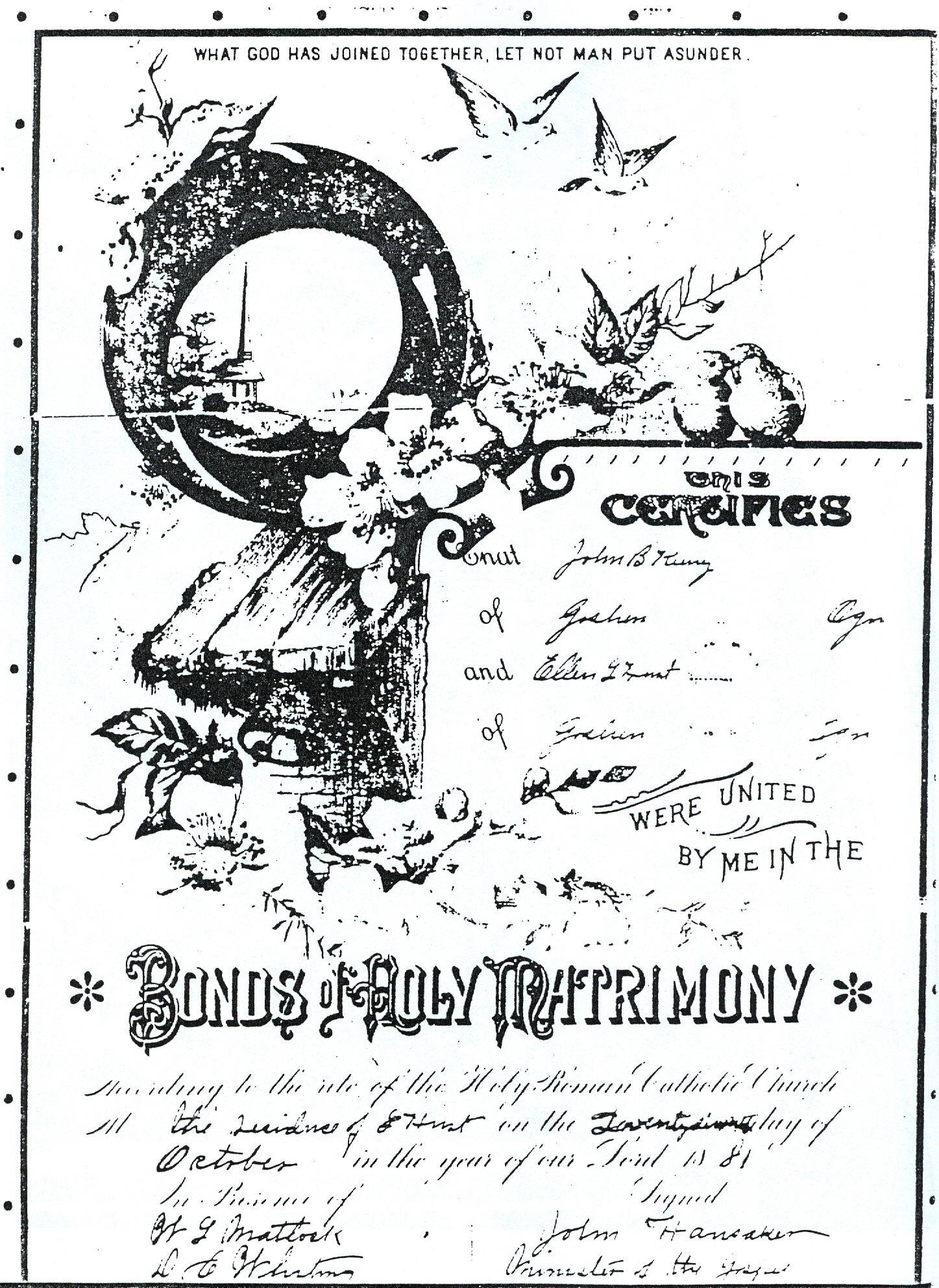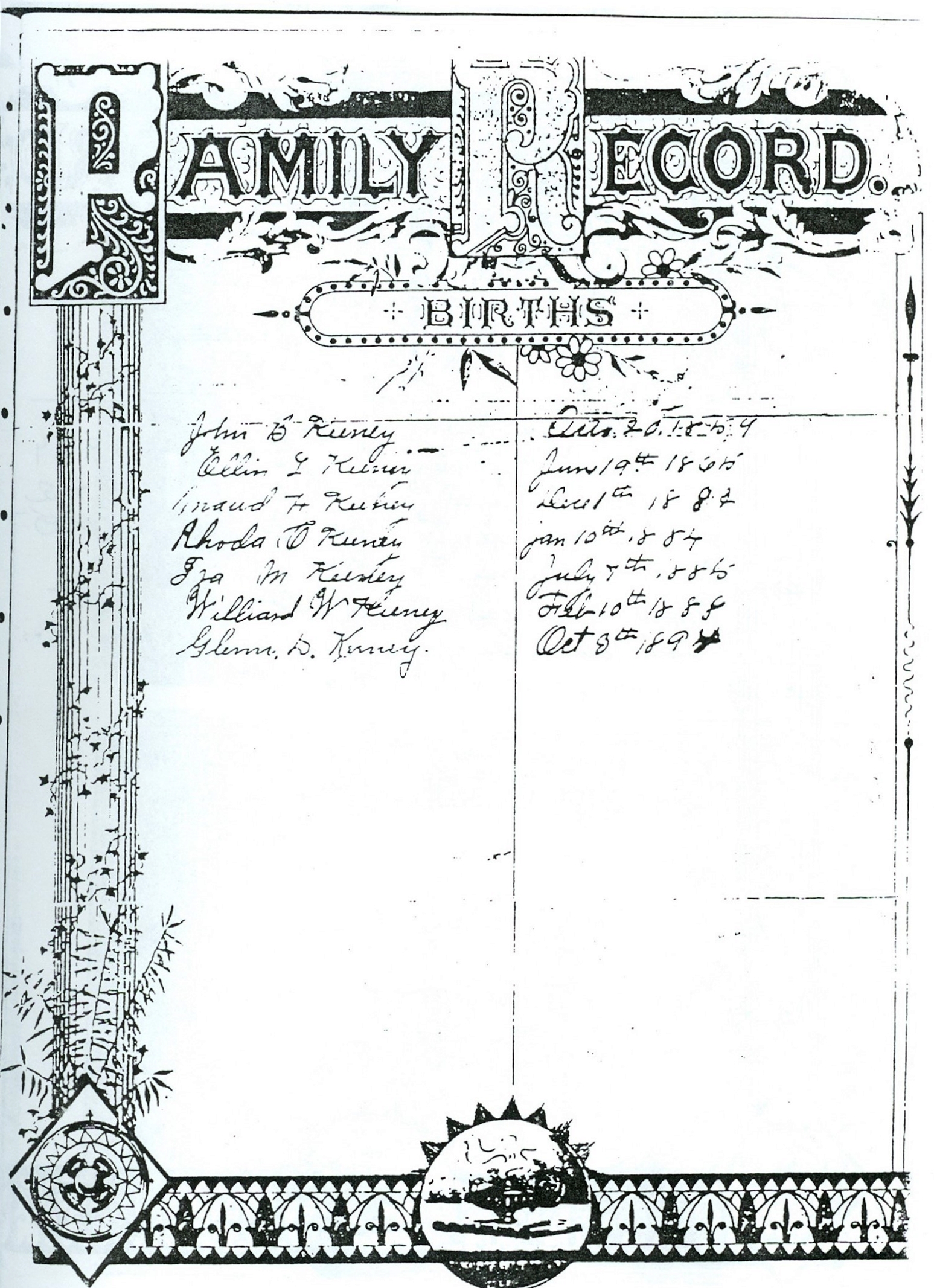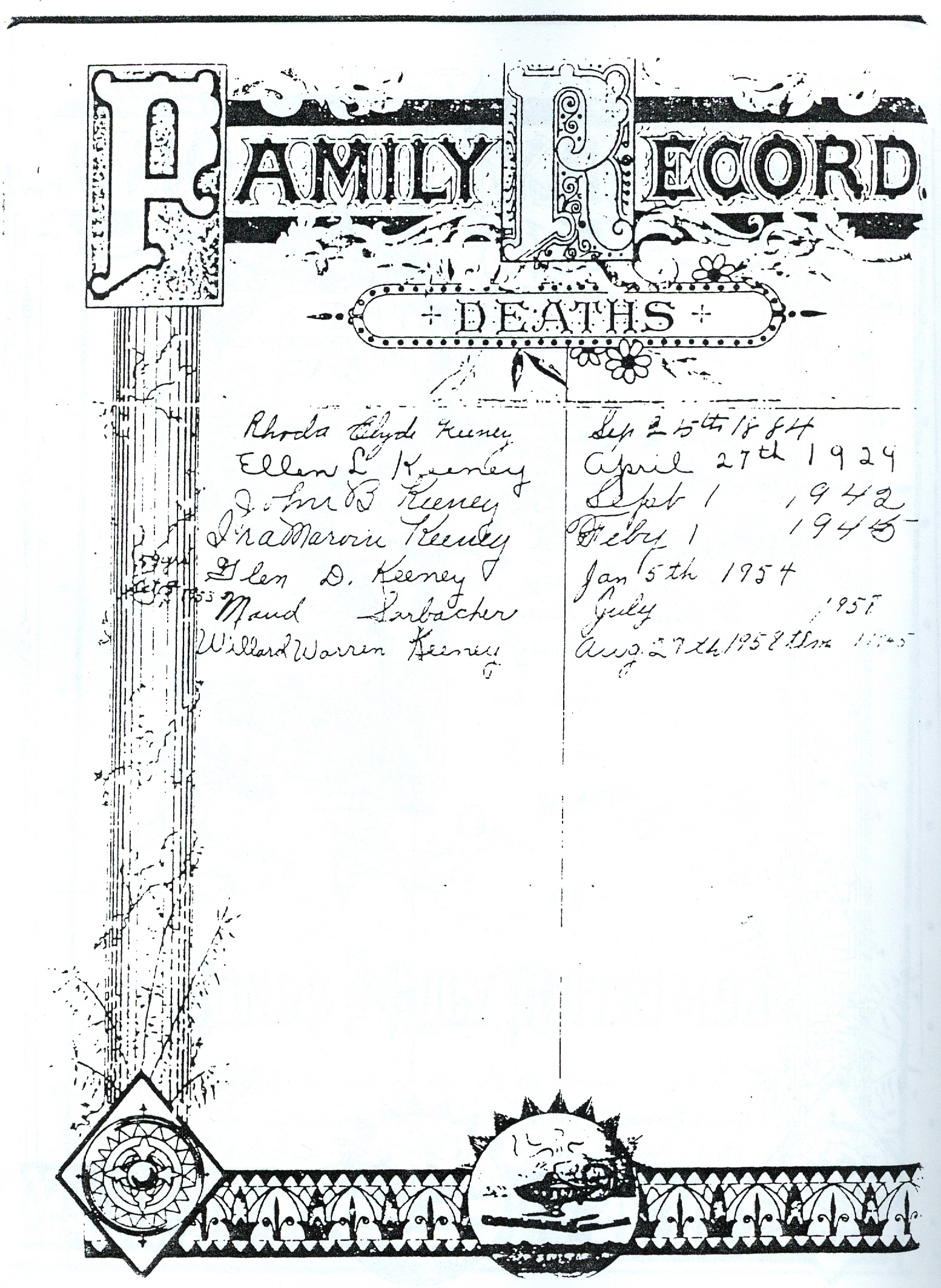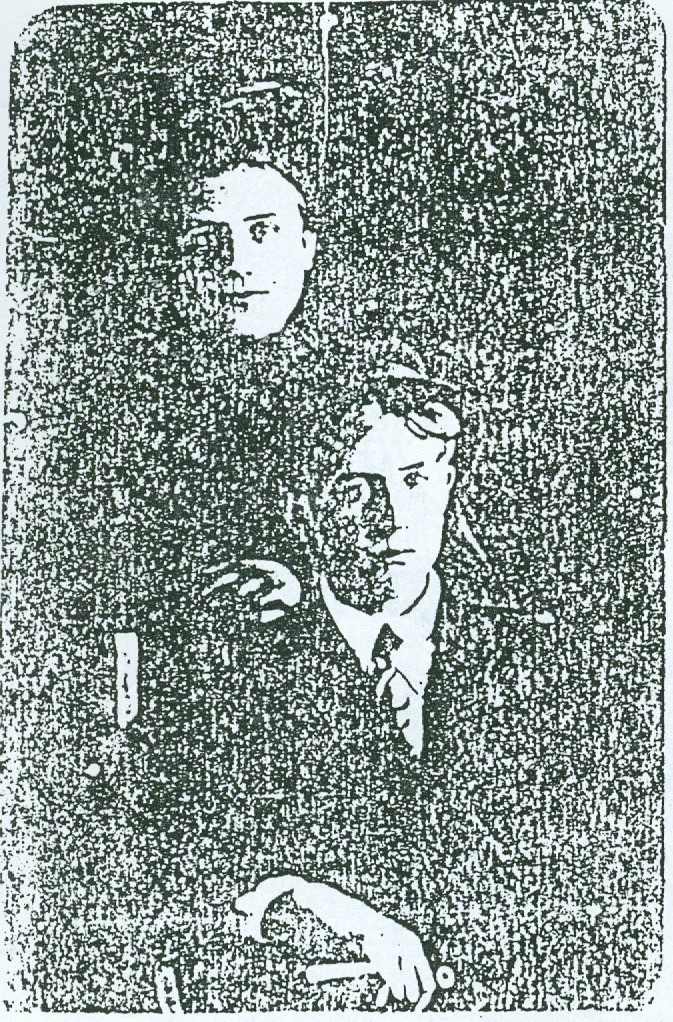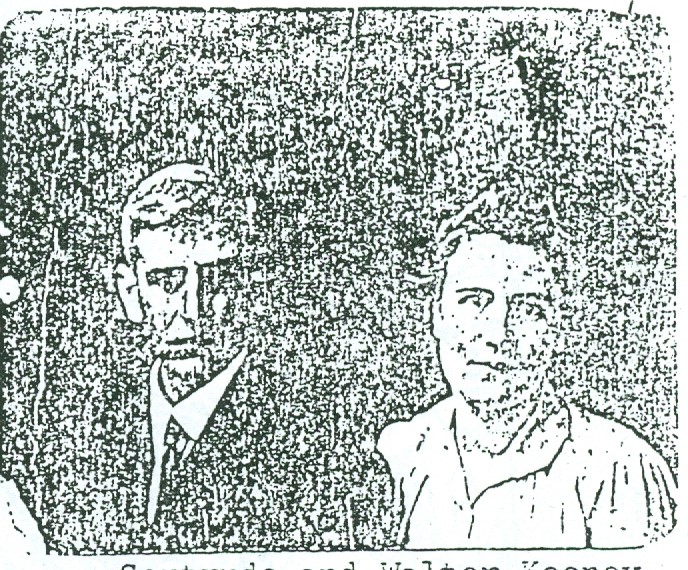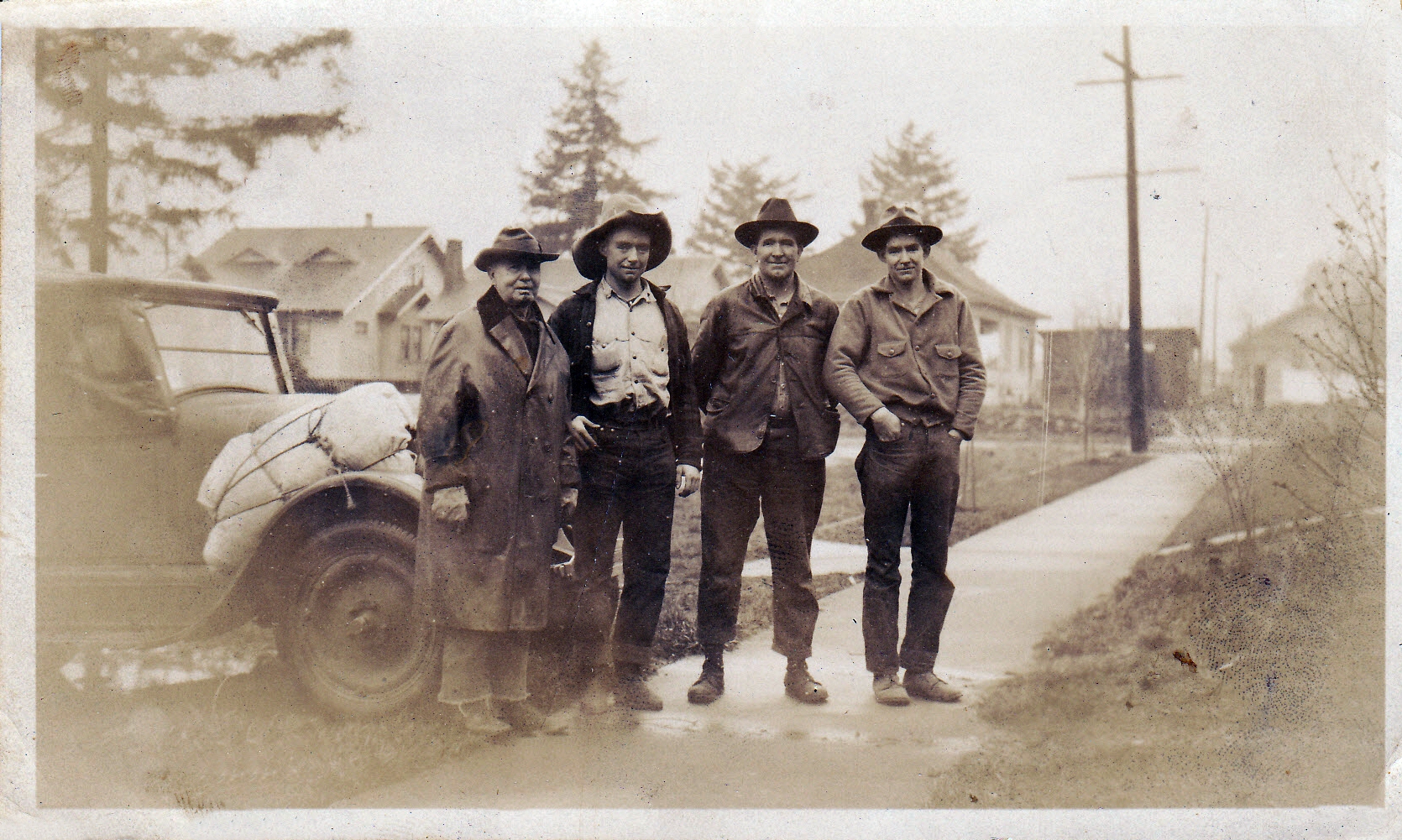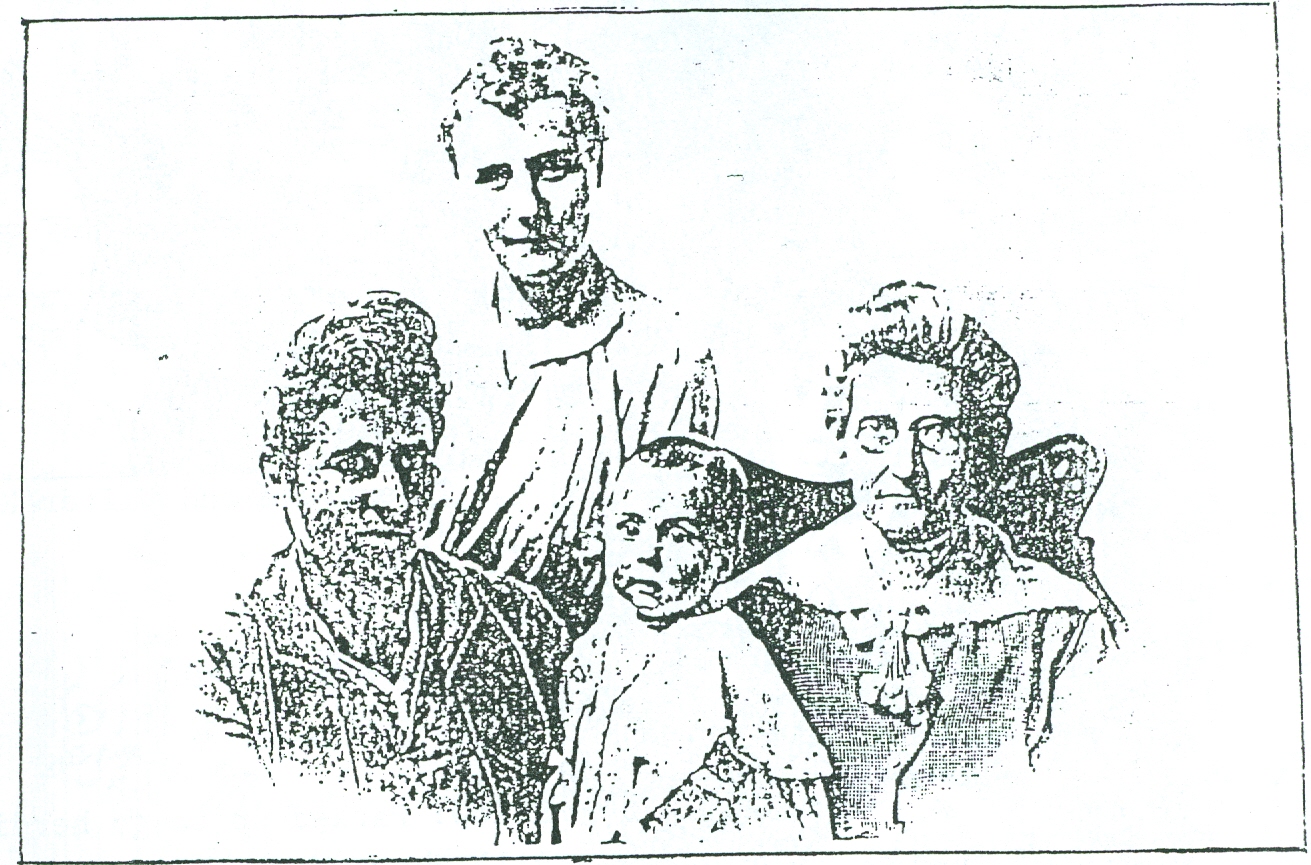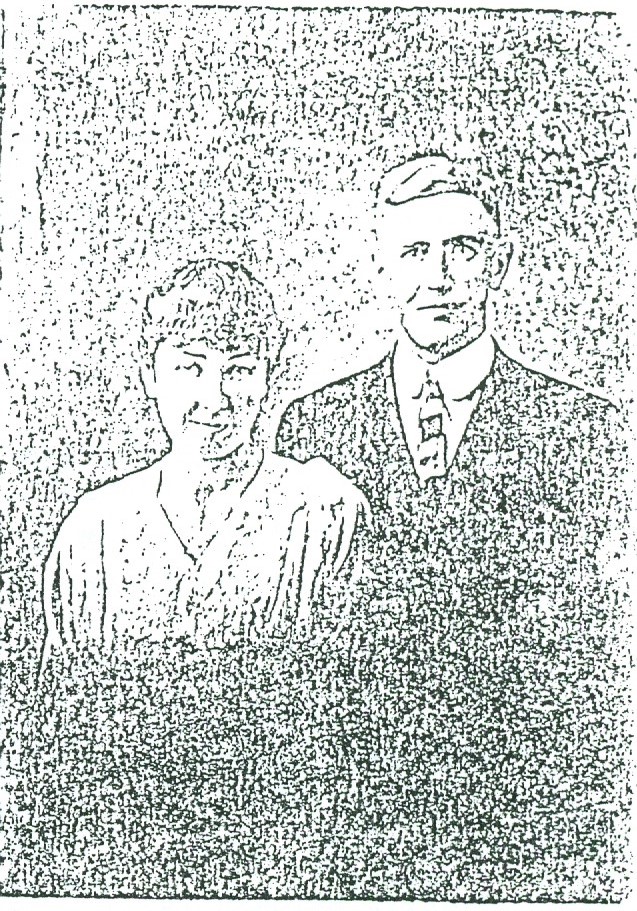
|
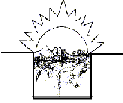
Wagon Ruts WestJOHN KEENEY, JR. FAMILY Published in 1983 The following selection is taken from "Wagon Ruts West" written & published by Ralph Ray Keeney in 1983. The book is currently out of print. This section is published with the kind permission of Ralph Ray Keeney. The book this selection is drawn from is under copyright and permission has been granted for educational purposes and it is not to be used in any way for any profit or commercial venture. Click here to read letter of permission. The following is Section 3
JOHN BLANDEN KEENEY
One 4th of July, Marshal Keeney was called to a barroom
because one of the cowhands had indulged in too much rye whiskey and was loud and
rampageous, and occasionally shooting his pistol into the floor or ceiling. Officer Keeney
came in the door and walked directly up to the drunken wrangler. On April 27, 1929, his wife Ella died, and she was buried at the cemetary in Condon. John continued to live in the old house with his son Marvin (Sam), as he was nick-named from the character of "Sambo", that he played in the local minstral shows. Marvin never married. One evening, in 1931, Marvin, who had been downtown, came home to find the house in flames. He rushed in and found his Father laying on the bed. Marvin had just time enough to carry John out before the smoke and flames consumed the building. The house burned to the ground, and the entire Keeney estate was gone. Nothing but their lives had been saved. The only things that were left were Johns' old star and handcuffs, which happened to be at the home of a friend.
John B. still owned a herd of sheep, which he traded for another house in Condon. His son, Marvin, stayed on and took care of him. Except for an occasional hemorage from his nose, or a bad coughing spell, from asthma, John was fairly active until the last days of his life. Once or twice a week, he would walk with a cane, some four city blocks to downtown, drink a few beers and play cards. At the first of each month, he would bathe, shave, put on a clean shirt and tie, and go see a lady friend for a chicken dinner. Later in life, when John was near his 78th year, he was sitting in his rockingchair at home, when an old friend of the mamily came staggering in after having too much to drink. He was a big, massive hull of a man, weighing easily over 200 lbs. Not a bad fellow, when sober, but under the influence of the spirits, he would get mean and very ornery. On this day, a disagreement soon issued between him and John. "Get out of my house, Bill," ordered John, still sitting in his chair. The big man replied; "Who the hell is going to make me?" "I will, by God!" shouted Keeney, and raised himself up from his chair and hit Bill square on the chin with a swinging left. Bill lay flat-out cold on the floor. It took both John's grandson and the boarder next door, to drag Bill out the door and place him in a sitting position against the tree trunk in the back yard. He came to later, and probably wondered what had happened. But he never ventured to come back into the house again. John B. nursed a bruised and swollen hand for several weeks, but anyone who looked into his cool, blue eyes would have had to notice the burning embers of fiery spirit not yet dead. GRANDFATHER AND THE INDIANS"I was always very close to Grandfather Keeney, and I stayed at his home to help care for him when I was in high school, 1940-1942. He told me many stories about our family, and I only wish that I had paid closer attention then, so I could remember more of those tales now. He spoke of his Fathers' farm down near Goshen, Oregon, and of his younger brother, Tom, and his sister, Ann, (Anna Isabella (Cooper) Keeney). She was the daughter of John B.'s Mother (by a previous marriage). As a lad, he had been a scout for General Miles and had chased renegade Indians all over Oregon, Washington and Idaho. He had been a U.S. Deputy Marshal, and later, City Marshal of Condon. He seemed to know every Indian who came through Condon in those days. Such an interesting life he had led, and I spent many evenings listening to his stories. At that time, the Indians came through Gilliam County on their way to dig wild onions (Indian Potato), which grew on the hillsides of the canyons. The squaws also picked the wool from the barb wire fences they found after the sheep has passed through. Later the tribe would journey on into the foothills of the Blue Mountains to hunt the deer and elk. They traveled in wagons or hacks (light wagons), and riding on fine looking cayuse ponies. Theyalso drove a large herd of ponies, which were followed by a large number of mongrel dogs. They camped on the banks at the south end of Main Street, in Condon, near the old concrete watering trough and gravel pit. (This area is now the City Park) They would raise the poles of their teepees covered with canvas, and the squaws would soon have the cooking fires going and the stew pots would begin to simmeer and boil. Grandfather saved all of the deer hides he could gather, to trade with the Indians. In the spring and fall when the Indians came through, he would send me to tell them that John Keeney had hides to trade. He could speak the Indian jargon with them, and also used their sign language. These pow-wows usually ended with Grandfather giving up his hides for a couple of pair of fringed buckskin gloves and several pair of moccasins, which he like to wear as bedroom slippers. Then the Bucks would have a long swig or two from Grandfathers' jug of moonshine (firewater), and that would end the trade council. As the grandson of John Keeney, I was always welcome to sit by any Indian campfire. My buddy, Verne Hoffman (Butch) and I made friends with Indian lads our own age, and one I will always remember. His name was Jack, and he could run like a deer. His favorite sport was to run after an auto which was traveling down the highway past the Indian camp on its way to Fossil and points south. He would catch the auto and jump up on the runningboard or back bumper and ride for a ways. Then, he would jump off and come running back to camp. One spring he did this and slipped from the bumper and fell beneath the wheels of the auto. I did not see it happen, but do remember hearing about it later. The next year, when the tribe came through on its regular migration into the foothills, Jack wa hobbling around on a wooden crutch, with a lame foot. My buddy and I took him to the picture shows and bought him candy and popcorn. I will never be sure if he enjoyed the sweets more than he did the pictures, but sure did get an awful kick out of seeing the cowboys fight off the Indians. I think he truly wanted to be a cowboy, and I'm sure that my buddy and I wanted to be an Indian. we came as close to this, as we could get, after seeing a certain movie where the hero was adopted into the Indian tribe. Jack, Butch and I agreed that we would become "Blood Brothers." None of us had a knife, and the courage was lacking by all concerned, to draw forth the blood needed by actually cutting ourselves. I remember the old needle used for sewing grain sacks, which was stck in the band of my father's hat on our back porch. We agreed that this would serve as teh sacred weapon for the ceremony. We did, finally, get a few drops of blood from our fingers, and then, each of us would press it together with Jacks' blood. He got the worst of the deal, because he had to draw forth blood "twice". Thus, I became a true "Blood Brother" of an Indian. The next spring, the Indians did not return to camp at Condon. Years later, on the streets of the Dalles, I saw Jack; but he was so drunk, he did not know his old Blood Brother, and I never saw him again. Many times, when down at the Indian camps, we were asked by the squaws to sit with them and eat from the bubbling kettle on the fire, and we were tempted sometimes, because it may have been beyond our supper time and the aroma did smell inviting. Then, I would remember what my Grandfather had told me. "The reason Indians have such large packs of dogs is so they never will run short of stew meat." Since I couldnt tell if the Indians still had the samenumber of dogs they came to town with, or if any strays around town were missing, I played it on the safe side and ate when I got home. We never did have much meat in those days, but at least I was reasonably sure of what it was and where it came from if I ate it at home. There was another location the Indians used as a campground near the farm where I lived as a small child. There was a little creek that came down from Sunshine Hollow and crossed the road. At this crossing was a large sandpile, and here was the site of a very old Indian campground. As children, we would dig in the sand and find many flint chips and arrow points. Along the road, especially after a rain, you could pick up many of them. Once I found a stone pestle tht was used to pound or grind up grain or corn, but I never could find the mortar bowl that went with it. In the springtime, the Indians still came and camped there, and the squaws and the children would go up on the hillside to dig the camas root and strip the wool from the fences. These Indians never bothered us. I cannot recall even one Indian coming to the farmhouse for anything. One day we would find them camped at the crossing, then in a day or so they would be gone. On down Snipshone Canyon, passed "Old John Graham's Cabin and Cave", the canyon joins into Thirty Mile Creek. Climbing to the first bench under the bluffs, on the right side of the road to the west, Indians of the past have made their recordings in picture writings on the side walls of the cliffs. Vandals have destroyed some of these crude paintings, but when I was last there, a few still remained. My Grandfather also told me about an Indian burial place. He said it was located at the mouth of Rock Creek Canyon against the bluffs along the John Day River. There had been a battle with the whites near the place, and the dead had been placed under the cliffs and a wall of mud and willows had been erected in front of them to seal up the graves. When I learned of this place, I immediately wanted to go and investigate it. My Grandfather said "NO!" The Indians consider this a sacred place, and they still watch over it. Anyone caught entering or disturbing it would have to take the consequences. Years later, on a deer hunting trip, I came upon this very place, and my curiousity prompted me to take a look. At the cliff site, I found that there, now, was a huge pile of rocks and dirt at the base of the cliff, sealing off forever, the ancient resting place of the red man. John Blanden Keeney -- died Sept. 1st, 1942, at home in Condon. He was buried at the Condon cemetary, next to his wife Ella. On Feb. 1st, 1945, his son, Ira Marvin, also passed away and was buried beside his parents. ISAIAH AND SARAH HURTFather and Mother of Ellen Leona Hurt, who married John B. Keeney Submitted by: Sandra Tucker Mill City, Oregon Isaiah Hurt come to Oregon Territory in the early 1850's. He took up a land claim in Linn Co., Oregon in 1853. Isaiah married Sarah Miller in the year 1853. They later moved to Lane Co., Oregon. In 1884, Isaiah and Sarah moved east to Gilliam Co., Oregon, where both are buried.
married Sarah Miller
Elizabeth Hurt b. 1856 Amanda Hurt b.1858 Stephen Arnold Douglas Hurt b. 1860 Leah Jane Hurt b. 1862 Ellen Leona Hurt b. 1865 Eliel M. Hurt b.1869 William Thurston Hurt b. 1871 James Franklin Hurt b.1854 married Alice Henry
Douglas Henry Hurt b. 1879 Edrn Pearl Hurt b. 1880 Gracia Elenor Hurt b. 1882 Ivan Scott Hurt b. 1885 Josehpine Eva Hurt b. 1889 Frank Mason Hurt b. 1891 Faith Mary Hurt b. 1895 Thurston Dewey Hurt b. 1898 Velna Undine Hurt b. 1902 Thurston Dewey Hurt b. 1898 married #1 Jessie Low
Joseph Scott Hurt b. 1920 d. 1920 James Frank Hurt b. 1922 married #2 Leola Withrow
Gloria Jean Hurt b. 1930 married #3 Lera Beoletto
Sanja Lou Hurt b. 1945 Nadire Leola Hurt b. 1928 married Jack R. Duggan
Kathleen Sue Duggan b. 1950 Chris Melvin Duggan b. 1957 Sandra Jean Duggan b. 1948 married Irvin C. Tucker
Jacquelyn Kris Tucker b. 1971
|
||||||||||||||||||||||||||||||||||||||||||||||||||||||||||||||||||||||||||||||||||||||||||||||||||||||||||||||||||||||||||||||||||||||||||||||||||||||||||||||||||||||||||||||||||||||||||||||||||||||||||||||||||||||||||||||||||||||||||||||||||||||||||||||||||||||||||||||||||||||||||||||||||||||||||||||||||||||||||||||||||||||||||||||||||||||||||||||||||||||||||||||||||||||||||||||||||||||||||||||||||||||||||||||||||||||||||||||||||||||||||||||||||||||||||||||||||||||||||||||||||||||||||||||||||
Home | Keeney Update | Wagon Ruts West | Keeney Shoppe | Disclaimer | Site Map
A Keeney Family Genealogy was established in 1986
& has been online ever since under one name or another.
This site is maintained as a hobby
site, some information may not be
accurate.

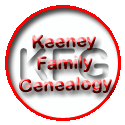
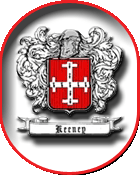


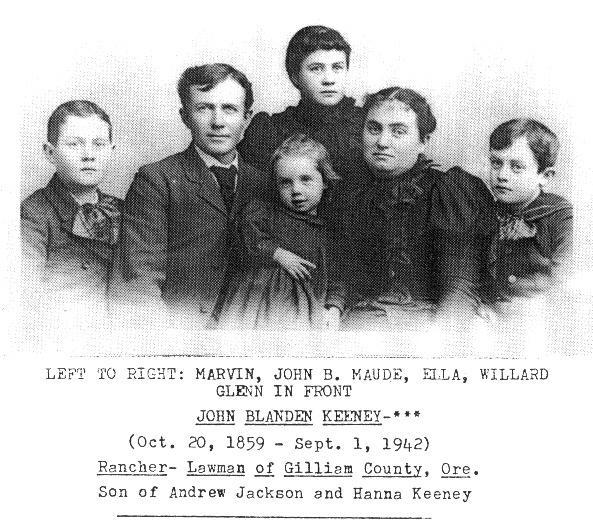
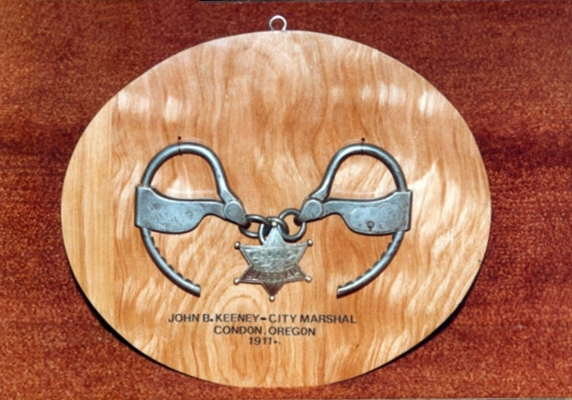
%20Keeney%20with%20her%20children%20at%20home%20in%20Condon,%20Or.jpg)
